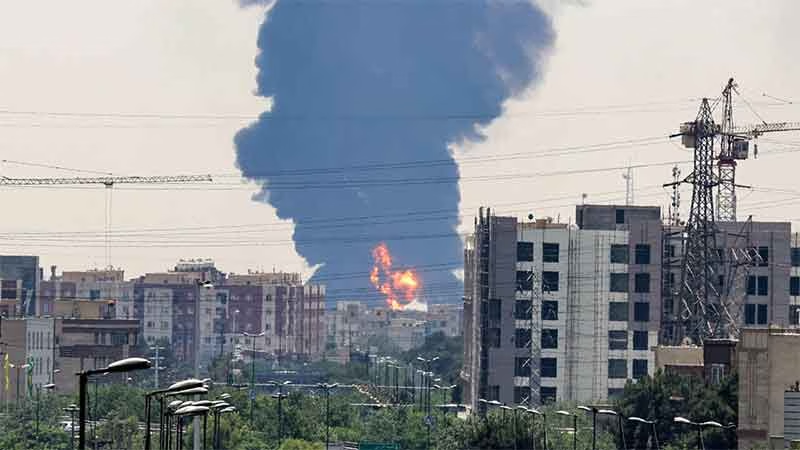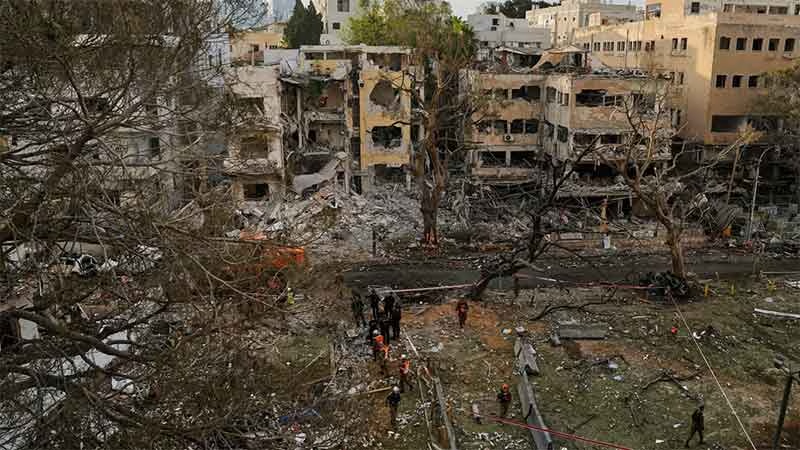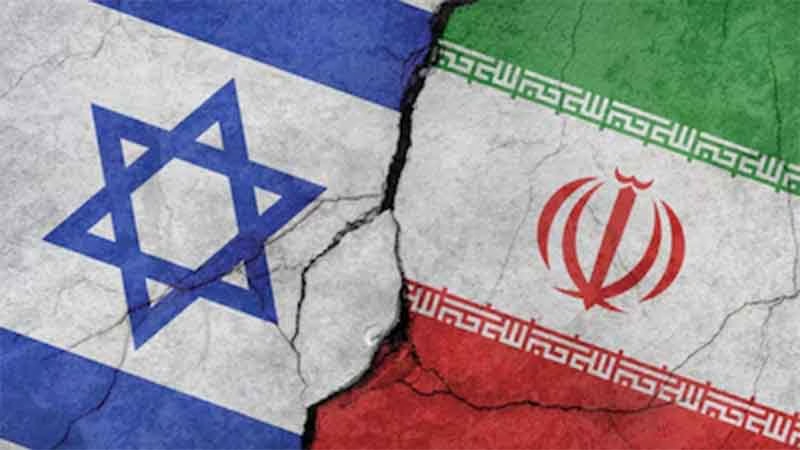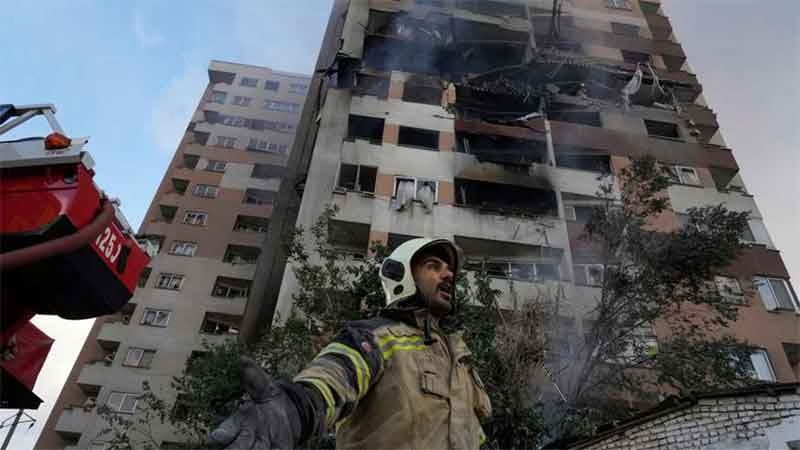
In all the decisive mood to cure and prevent, social distance has emerged as one of the most doable social practice in the current times of corona (COVID-19). People are understanding corona in both the scientific and public way. Though public understanding is more sought after the programme to save one’s life when compared to scientific understanding whose technicalities doesn’t look that common to all. Along with the understanding of the scientific mechanism of spread and operation of corona in the human body, it is also important to see how its public understanding spread among the masses. It matters to take necessary steps and also to resolve the disruption in one’s free flow pattern of thinking and engagement with the daily objects. Since touching people and objects directs towards one’s social position, ownership and identity, the idea of social distance as a preventive cure creates a new programme of ownership towards one’s body, tangible and social objects, and people. Social distance seems to give space to oneself, and brought proximity towards the health and hygiene, with ever increase in the engagement with the germ-killing products. In the case of the corona, the thought about germs in the objects which we subconsciously owned through touching has got a big psychological link with the social distance. This flares up the long debate about the deontology and utilitarianism where, in the former case it is the duty that matters and in the latter case, it is the outcome, where, the duty towards others by social distancing oneself give results like the pulling back of the probability of corona rise.
In what way corona overhauled our thinking which is gradually asking us to no more take things for granted? Social distance does not dilute identity and neither group solidarity but may enrich our other taken for the granted picture of solitude. Social distance can be utilized as solitude where new avenues open up, a new way of thought processes enrich us and mechanical sardonic aspect of life goes back to those meanings which were never thought about. The new virus changes the public understanding of life which was shallow, prejudiced and laden with the surface level understanding of society.
The meaning of social distance and how it is different from the community and physical distance must be made clear by the media and agencies anchoring the social distancing as a solution. Also the difference between the social distance by choice, or forced social distancing or social distancing under the influence of a leader and the greater social cause is to be made cognizant. Corona case is a good amalgamation of choice, both freely willed and forced. Two kinds of movements are seen in the corona times—one by the social distancing of the middle class and the other of lower classes and minority. In the former case neoliberal theory apply to the dilution but in any way, their case was always about rampant individualism as compared to the social movements by the minority. Does social distance movement indicate tolerance towards self and others? Giving space to others health? What is the future of this kind of social distancing? Is the impact of social distancing is seen equally towards others, closed, relatively closed? What is the impact on lower classes, poor and Dalit women and men who engage in manual jobs/dirty jobs? Social identity talks about the healing aspects of one’s belonging to a group which in no ways gets diluted under the forced social distance. Social distance is a good thing to tackle corona but it must not boost psychological and power distance among classes that have overpowered the mind in terms of the person doing dirty or manual job embody disease.
We are now socializing with the law of social distancing in the times of corona. Social distancing has a psychological impact and rest of the impacts which comprise economic situation is reciprocating. Social distancing doesn’t seem to be stagnating but is a new kind of continuity and people are at the majority level want to get rid of from this self and legal impositions. The limitation of touch which once regulated our life at the subconscious level is now more pronounced and not touching is now has become the part of life. The phrase social distancing comprising two broad words, ‘social’ and ‘distancing’, denotes attitudinal dynamics where humans have lived in his/her psychological space having boundary which was permeable for some. This comprises both physical and psychological distancing and operates together, for example, the person, animal, the object we don’t want to be in our territory, also is the psychologically distanced entity. Any word or phrase doesn’t operate as plainly as it looks like at the surface level and the way it is communicated. In the current imposition or encouragement of social distancing in the corona times, we just can’t reject the public understanding of infectious disease as laden with fear and based on the populist’s mind-set, since public understanding has something to do with the everyday reality which is hard to capture in laboratory outcomes or behavioural economic platforms. Social distancing is a systematic response to the possible intruding disease with the potential to change the critical meaning of it. As social distancing can be more understood through the activities we perform, the engagement with the activities as advised by the authorities has the potential to shift its meaning and limit it to the distance between self and other having the deep social consequences. Social distancing should not bereft of its social meaning under the garb of the conscious activity of physical distancing. We see several instances when people unevenly go out for many reasons from buying grocery to see a doctor for the common cold, there is also a shift in the public understanding where it is not simply complying with what is imposed but also assimilating to the others’ fear of contamination.
Recently the government decided to completely lockdown has resulted into lots of migrant working-class people assembling in the bus stand to go to their respective home due to lack of necessary resources of survival such as food, shelter and distance from their family. They had never thought that this crisis will compel them to rush to their villages and hometowns where their family members are staying. The idea of social distancing as defined in the corona times led to the forced proximal assembling at the bus station where the migrant workers don’t have any choice. How much one control one’s psychology of fear of disease than to face the possibility of the situation of starvation which haunts him/her most of the time. Some of the articles encountered recently, say that fear of COVID-19 is so real that it hardly gives any room for randomness and probability.
These workers have the sense of catching up the disease as they had fought with other kinds of diseases and succumbed/coped with it. Corona is new to them as it never happened that they were forced to be locked down together with the lack of any hope from the powerful others to help them during this crisis. They seem to believe that in this 21 days’ lockdown the best they can do is to move for survival and to reach their home town. This is the anxiety and fear of being left alone without any help. This fear is real and not mythological and different from the fear that stimulates the people from the better class to stay in their home. To go out and buy grocery and come back to one’s home is quite different from having no job and money. In the case of former, the good citizens have played their part but in the latter case, the idea of social distancing failed with its limitation of definition as shown through the dominant understanding of media and authorities despite its critiques existing in some of the academic literature.
There are two kinds of public understanding, one which is imposed and distributed as some token by the higher authority and second, towards which people of different classes make sense. In the latter case, social distancing is opposite of interdependence which moulds the everyday decisions of the lower classes, whereas, the authorities’ decisions are not swayed by the everyday understanding of the lower classes and so their imposed understanding of social distance. The impact of social distancing is also like strengthening of psychological craving to associate with one’s family and in the case of migrant classes who believe in interdependence, this association is meaningful and systematic. The title of this article as a medical exile is scrupulously pointing towards the irony where the matter of choice to distance oneself from society on the possible medical condition arising due to Corona, is not simplistic. The coerciveness for prevention and cure is not new but the troubling part is conscience which coercive powerful impose as therapeutic is obnoxious and demeaning to the idea of social space.
Chetan Sinha, Jindal Global Law School
SIGN UP FOR COUNTERCURRENTS DAILY NEWS LETTER










































